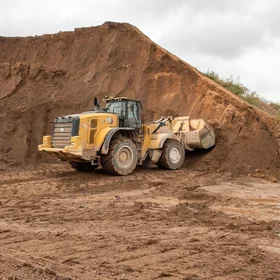Siddhartha Dalal, Ph.D., Professor of Professional Practice in Applied Analytics, has published extensive research covering the areas of risk analysis, medical informatics, Bayesian statistics and economics, image processing and sensor networks. He recently co-authored a monograph on AI with the U.S. Army Science Board, and received a patent for a system and method to automatically identify property-related risks.
Dr. Dalal is a member of the U.S. Army Science Board, an advisory board of 20 scientists appointed by the Secretary of Defense to advise the U.S. Army on technology. He has recently co-authored a monograph, "Battlefield Uses of Artificial Intelligence," on the uses of artificial intelligence in national defense with a number of academic and other colleagues.
The study posits that though we currently do not understand all the implications, AI is likely to increase the speed, scale, and scope of decisions to actions, beyond what humans can perform without aid. The report points out that though AI brings the Army strategic advantages, the application also comes with risks and challenges including reliability, trust, ethics, and explainability. Detailed analysis is provided on many aspects of the challenges, promises, and applications.

Dr. Dalal is also one of the recipients of a new patent. The patent is for a system and method to automatically identify property-related risks through the use of computer vision, sensors, and/or building information models (BIMs). The ability to automatically identify a variety of hazards helps mitigate the associated risks, and thus reduces the number of accidents or fatalities that would otherwise occur.
The construction industry has one of the highest fatality rates. In 2019, more than 1,000 workers died due to workplace injury, among many other non-fatal injuries.

The system patent maps risks at a given site by the use of sensors, including drones equipped with cameras, image processing using Computer Vision technology, identifying the hazards to workers by referring to National Institute of Occupational Safety and Hazards (NIOSH) regulations, and preparing a report for appropriate actions by the construction crew. This is all done automatically by a sensor to capture hazards, computer vision to identify hazards and their context, and natural language processing to parse regulations and write the report.
For example, the monitoring of the above construction site would report risks such as a construction worker working without a safety vest, as well as the roof's misaligned fasteners, which would fly off in a hurricane. This method is extended to disaster recovery involving hurricanes and fires.
Learn more about Columbia's M.S. in Applied Analytics.


